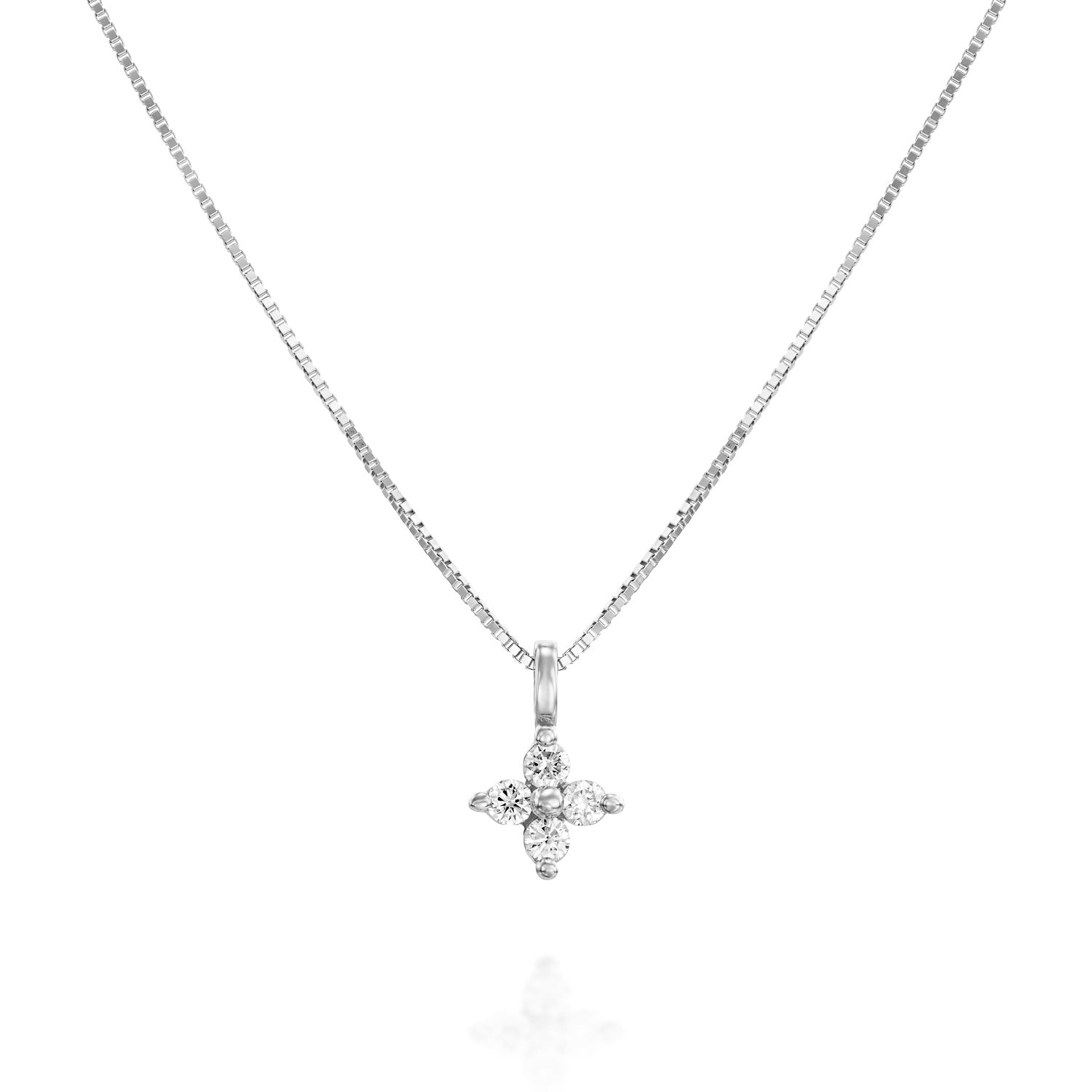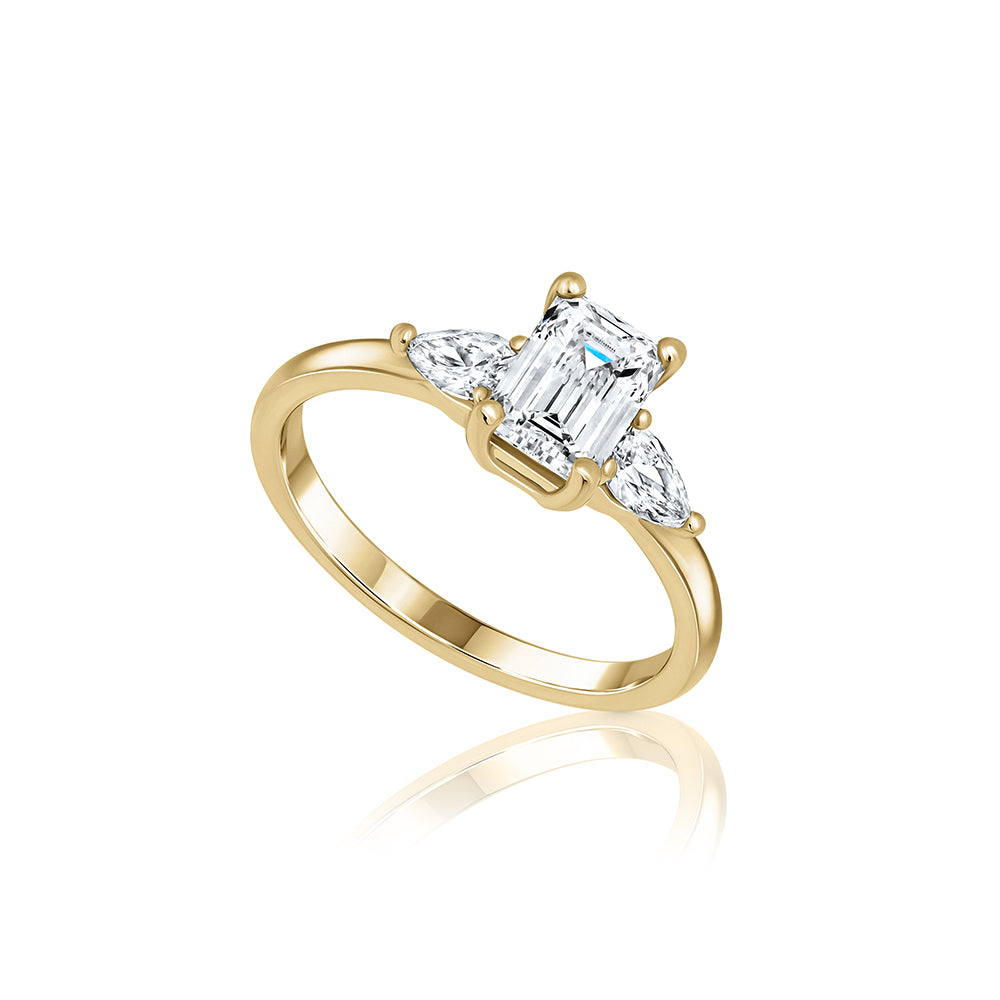What is the difference between 18K and 24K?
Are you looking for gold jewelry, and wondering what those numbers are stamped on the gold? And how is it that there is yellow, white, and red gold? In this article, we will try to clarify some fascinating facts about gold.
From the greenish gold coins used in the 9th century BCE by the Lydians of western Asia Minor, to the red gold and jewelry produced by the Chimu Empire in northern Peru, gold has always been a popular and coveted metal.
The modern market has regulated the grading of gold. And if you've noticed that gold jewelry is marked with numbers like 14, 18, or 24, then you may already be familiar with this system that rates gold by carat.
Indeed, these numbers refer to the karat weight and serve as a guide to the purity of the gold in those gold bracelets or gold rings that you usually buy for yourself or as gifts for your loved one.
The weight of gold, or the purity of gold, is measured in karats. Thus, wedding rings with a higher karat offer jewelry made of purer gold. Most types of gold are used to make a variety of gold jewelry, whether it is jewelry with sapphires or colored gemstone rings.
To clarify what distinguishes the different types of gold, we will clarify a few concepts:
What is an alloy?
Pure gold is gold that is classified as 24 karat (24K). It is very soft gold, so it is not typically used to make gold necklaces or other fine jewelry. Instead, other metals are added to pure gold to modify its:
- Durability
- Strength
- The color
- And the price of gold
This mixing of metals produces what is called an 'alloy'.
The most common metals used to make gold alloys are:
- money
- nickel
- copper
- zinc
- and platinum
Silver is a popular component in gold alloys, mainly because it is resistant to tarnishing and will remain shiny and scratch-free almost forever.
The different alloys also determine whether the gold jewelry will be hypoallergenic (i.e., will not cause allergies) or not. For example: Silver, like gold, is a hypoallergenic metal, therefore, there is a high probability that an alloy of gold with silver will not cause any allergic reaction.
Additionally, it is important to know that low-karat gold (in the 9K to 10K range) naturally contains larger amounts of other metals, some of which may be allergenic. Therefore, people allergic to certain metals should choose high-karat gold. It should also be noted that some natural alloys, such as cadmium, are toxic and, therefore, are not used in jewelry.
How is the purity of gold measured?
It is difficult to obtain 100% gold. In any case, when describing the purity of gold, the gold part system is used:
- Pure gold is an alloy of 99.9% gold and 0.1% other metals. This alloy is considered in the industry to be 24 out of 24 parts gold, or 24 karat (24K).
- 22 karat gold is considered to be 22 out of 24 parts gold, or 91.67% gold, with the remainder being metals such as silver, zinc, copper or nickel.
- 18 karat gold is considered to be 18 out of 24 parts gold, or 75% gold and 25% other metals.
- 14 karat gold is considered to be 14 out of 24 parts gold, or 58.3% gold, with the remainder being other metals.
In many countries, the lowest alloy that can still be classified as gold is 10K gold, an alloy containing 41.7% gold.
What are the applications of 24K gold ?
As mentioned, 24K gold does not contain any other metals. Therefore, due to its purity level and bright yellow color, it is more expensive compared to, for example, 18K or 14K. While 24K gold may be widely used to make coins, electronic devices, or medical equipment, it is not used to make jewelry, because it is too soft.
What type of gold is mainly used to make jewelry?
22K, 18K and 14K gold are often used to design various jewelry pieces, such as engagement rings or delicate gold rings . Because these types of gold also include other metals, such as silver, zinc, nickel or copper, they offer a more durable and sturdy gold piece of jewelry.
The variety of gold colors
Gold is available in different shades of gold. While yellow gold, rose gold, white gold, and green gold are the most common shades of gold, blue gold, purple gold, and black gold can also occasionally be found.
The mixture of the alloy and gold is what produces a wide range of colors. For example:
- Yellow gold, or 'real' gold – made from a mixture of gold with silver, copper, and zinc.
- White gold – made from a mixture containing more palladium, platinum and silver. In addition, a mixture of zinc, palladium and nickel is sometimes also used to create a platinum effect.
- Red or pink gold – made from a mixture that includes copper.
- Blue gold – made from a mixture to which iron has been added.
- Purple gold – made from a mixture that includes aluminum.
- Black gold – made from a mixture that includes cobalt.
Gold alloys are found naturally in the Earth's crust, or are produced by hand by mixing metals to create an alloy to achieve a specific result. Each foundry, both in Israel and around the world, creates slightly different alloys, so the shades of gold are not exactly the same. However, what will always be the same is the percentage of pure gold in the various alloys.
Why is gold refined?
Over 190,030 tons of gold have been mined throughout human history. Gold goes through many processes after it is mined and before it reaches us, whether as jewelry, coins, or any everyday product that uses gold. The first step after gold is mined is refining the metal.
Gold does not exist in nature in its purest form. This metal is extracted from its ores that are mined from the earth. After it is mined, the gold is not pure. It is mixed with 'impurities' and various materials that must be removed. This is done through a process of refining the gold.
To clean and refine gold, various techniques and methods are used, such as:
Using Acid – This is the most common method of refining gold. In this method, strong acids are used that will dissolve these ‘impurities’, such as hydrochloric acid and nitric acid. When gold is added to a solution containing acids, the ‘impurities’ begin to separate from the gold. After these accompanying materials are removed, a precipitate is left that is 99.999% pure gold.
Using fire – Another process used to refine gold uses heat. This is the oldest method of obtaining pure gold. The mined gold is placed in a melting pot (which can withstand very high temperatures). The pot is then placed in a furnace at temperatures reaching over a thousand degrees Celsius, the temperature at which gold melts. The molten gold is then transferred to another pot, leaving all the ‘dirt’ that covered it floating on the surface.
Using electricity – Purifying gold using electricity is commonly referred to as the Wohlwill Process. The method is named after Emil Wohlwill, who invented it in 1874. Purifying gold using this method requires 3 components:
- Anode (made of refined gold)
- Cathode (made of 24 karat gold)
- and electrolyte solution
After the anode and cathode are immersed in the electrolyte solution, an electric current is passed through them. This causes all the gold to move from the anode to the cathode. All impurities are dissolved in the solution. Ultimately, what is left is a cathode of pure gold. At this point, the gold is removed, melted down, and arranged in the desired shape.






